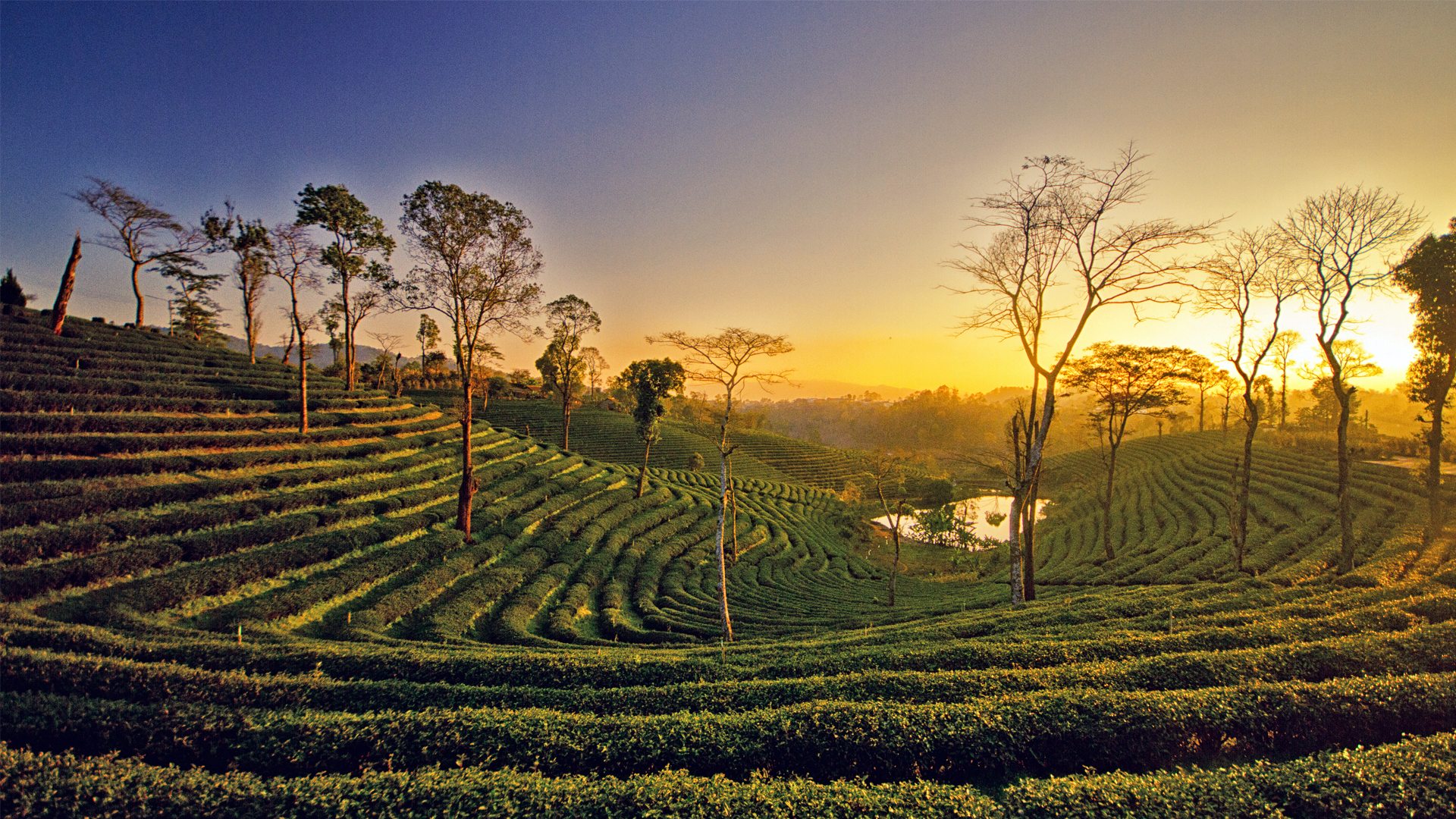Assam, a state nestled in the northeastern part of India, is a treasure trove of natural beauty, diverse cultures, and rich heritage. Known for its tea gardens, wildlife sanctuaries, and vibrant festivals, Assam tourism has grown significantly in recent years, attracting travelers from across the globe. Whether you are a nature lover, an adventure seeker, or a history enthusiast, Assam has something for everyone. In this article, we will explore the key attractions, experiences, and reasons why Assam should be on your travel bucket list.
1. The Alluring Beauty of Assam
One of the primary reasons to visit Assam is its unparalleled natural beauty. The state is blessed with lush green landscapes, rolling hills, serene rivers, and dense forests. Assam is part of the northeastern region of India, bordered by Bhutan and Bangladesh, and is crisscrossed by the mighty Brahmaputra River.
The Brahmaputra River is not just a lifeline for the people of Assam but also offers travelers stunning views and opportunities for boat rides. The river’s charm can be fully appreciated from the many riverside towns, such as Guwahati, Jorhat, and Dibrugarh.
In addition to the river, Assam is home to vast tea gardens. The sight of neatly arranged tea bushes on hill slopes against the backdrop of misty mountains is an experience that will leave you mesmerized. Some of the most famous tea estates are located in places like Jorhat, Dibrugarh, and Tinsukia.
2. Assam’s Wildlife and Nature Reserves
For wildlife lovers, Assam tourism offers a chance to witness a wide variety of animals in their natural habitat. The state is home to several national parks and wildlife sanctuaries that are famous for their biodiversity. The Kaziranga National Park, a UNESCO World Heritage Site, is one of the most famous wildlife destinations in Assam.
Kaziranga is known for its population of the Indian one-horned rhinoceros, which is a rare and endangered species. Visitors to the park can enjoy safaris by jeep or on the back of an elephant to get a closer look at rhinos, tigers, elephants, and various species of birds. The park is also a haven for migratory birds, making it a must-visit for bird watchers.
Another notable wildlife destination is Manas National Park, located in the western part of Assam, near the Bhutan border. This UNESCO World Heritage Site is home to tigers, elephants, wild buffalo, and many species of birds and reptiles. Manas is a perfect blend of natural beauty and rich wildlife.
3. Rich Culture and Heritage
Assam is not only known for its natural beauty but also for its vibrant culture and heritage. The state’s unique traditions are reflected in its music, dance, art, and festivals. One of the most significant aspects of Assam’s culture is its rich history of tea cultivation, which has shaped the state’s economy and society for centuries.
The Assamese people celebrate numerous festivals throughout the year, with Bihu being the most famous. Bihu is a harvest festival celebrated in three parts: Bohag Bihu (spring), Kati Bihu (autumn), and Magh Bihu (winter). During these festivals, the streets come alive with folk dances, traditional songs, and feasts. Visiting Assam during Bihu will give you a glimpse into the state’s colorful culture and traditions.
The state is also known for its classical dance forms like Sattriya and its unique handloom products, such as the famous Assamese silk. Traditional Assamese attire, including the Mekhela Chador (for women) and Dhoti (for men), is an important part of the local culture and is often worn during festivals and special occasions.
4. Majestic Temples and Historical Sites
Assam boasts a variety of temples and historical sites that provide insight into its rich spiritual and architectural heritage. One of the most famous temples is the Kamakhya Temple, located atop the Nilachal Hill in Guwahati. This ancient temple is dedicated to the mother goddess Kamakhya and is one of the most important pilgrimage sites for Hindus. The temple is known for its stunning architecture and is believed to be a site of Tantric rituals.
Another important religious site in Assam is Umananda Temple, situated on Peacock Island in the Brahmaputra River. This temple, dedicated to Lord Shiva, offers not only spiritual significance but also picturesque views of the river and the surrounding area.
For those interested in history, Assam has several forts, monuments, and ruins that tell the story of its past. The Tezpur Ruins, the Ahom Kingdom Monuments, and Rang Ghar are a few examples of the historical landmarks that highlight Assam’s rich past.
5. Adventure and Eco-Tourism
Assam is an ideal destination for adventure lovers and eco-tourism enthusiasts. The state offers various outdoor activities such as trekking, white-water rafting, and camping in the picturesque hills and forests. The Nameri National Park and the Dihing Patkai Wildlife Sanctuary offer thrilling treks through dense forests and along rivers.
For those who enjoy river rafting, the Brahmaputra River provides excellent opportunities for a white-water rafting adventure. The river’s fast-moving currents offer an exhilarating experience for adventurers.
6. Assam’s Culinary Delights
No trip to Assam is complete without savoring its unique cuisine. Assamese food is known for its simple yet flavorful dishes, with rice being the staple food. The food is often mildly spiced, with a focus on fresh ingredients like fish, vegetables, and herbs.
One must-try dish in Assam is Masor Tenga, a tangy fish curry made with tomatoes, lemon, and other herbs. Another favorite is Khaar, a dish made with raw papaya, pulses, and alkali. Assamese cuisine is also famous for its rice-based dishes such as Pitha (rice cakes) and Sunga Saul (rice cooked in bamboo).
Tea lovers can enjoy a cup of Assam Tea, which is world-renowned for its strong flavor. Many tea estates in Assam offer tea-tasting sessions and tours, allowing visitors to learn about the tea-making process and sample freshly brewed tea.
7. Best Time to Visit Assam
The best time to visit Assam is during the winter months, from October to March, when the weather is pleasant and cool. This is also the perfect time to explore wildlife sanctuaries and enjoy outdoor activities. The monsoon season (June to September) should be avoided, as heavy rainfall can disrupt travel plans.
8. How to Reach Assam
Assam is well-connected to the rest of India and the world through various modes of transportation. Guwahati is the largest city and the main gateway to Assam, with an international airport, Lokpriya Gopinath Bordoloi International Airport. The state is also accessible by train and road, with well-maintained highways and rail links to major cities like Kolkata, Delhi, and Bangalore.
Conclusion
Assam is an amazing destination that offers a perfect blend of nature, culture, history, and adventure. Whether you want to explore the lush tea gardens, embark on wildlife safaris, or immerse yourself in the rich cultural heritage of the region, Assam tourism has something for every traveler. So pack your bags and experience the charm of Assam, where every moment promises to be a memorable one.




